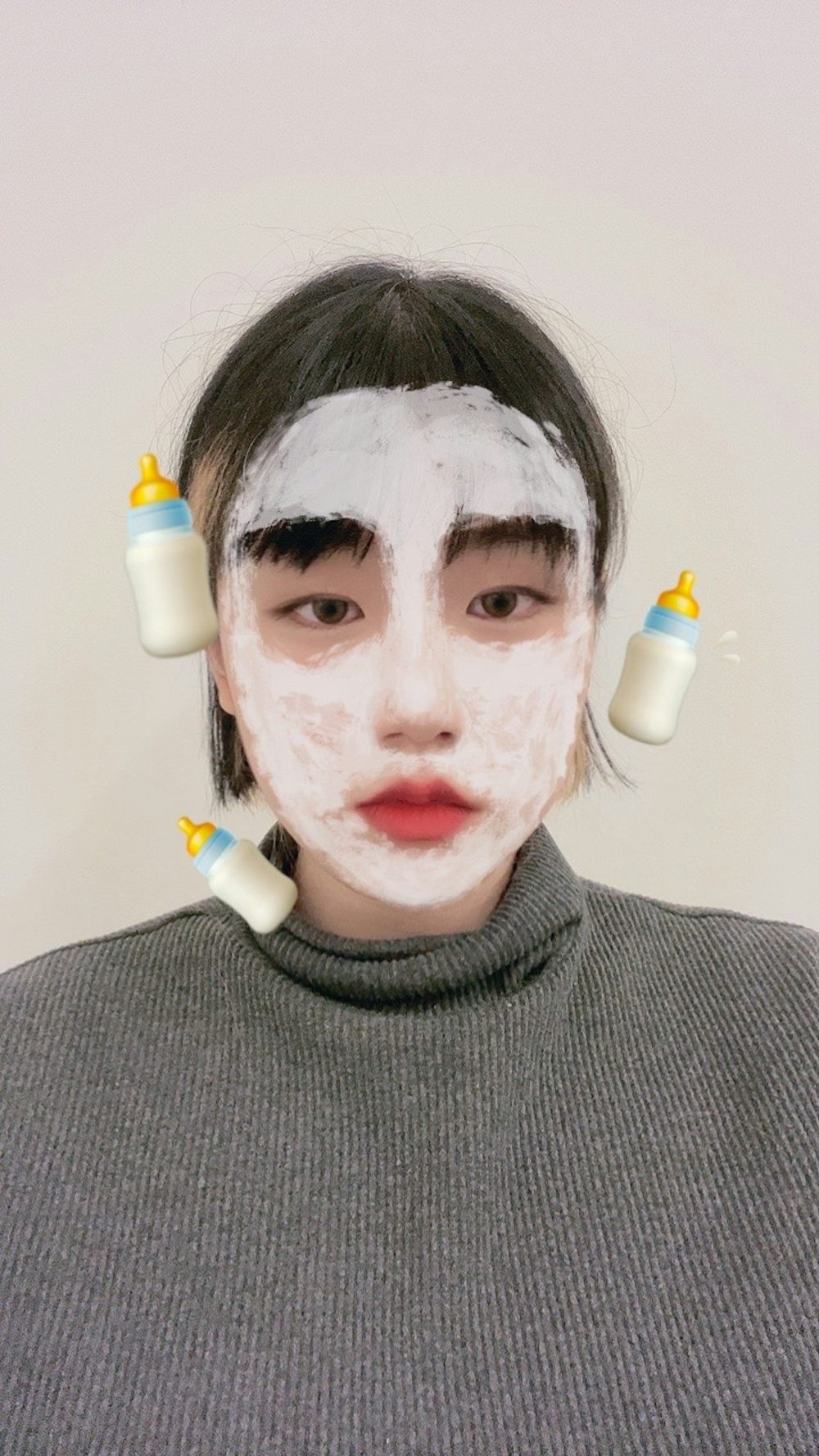The meaning of photography as a medium was expanded when the front-facing camera was first added to the mobile phone. Instead of simply documenting the surrounding views, or a posteriori self-affirmation with the timer, people start to observe themselves through a real-time reflection with a professional camera device that could be carried all the time. At the same time, social media is also developing rapidly and gradually becoming ubiquitous in daily life, and selfies have naturally become the most important way of self-expression on the Internet. However, all the photography results are assumed by the person who takes the photo, it could be influenced by the emotion, knowledge and understanding of that person at very specific moments. Therefore the image is not an absolute objective point of view, not to say the selfie since self-understanding is inherently subjective.
Filters in social media reinforce this kind of subjective in exaggerated ways. People choose filters they are interested in to take selfies, this interest may originate from cultural background, current mood, personal aesthetics and idealized self-construction. A fictional virtual character is then created based on these artificial and fragmented images, text, video clips which are easy to edit, distorted and recomposed, and will be used as an internet identity which has its own personality. When selfies become a kind of capital in the mediated virtual world, the purpose of selfies breaks away from traditional art viewing and documenting, and becomes a performance strategy. Selfies gradually change from reflection to the performance under the gaze of others, and the subjectivity of self-presentation is also dissolved under the construction of technology, resulting in false character and will inevitably affect self-identity and self-acceptance.
Who is the real person that decided this performance of self? The user who chose the filter, or the author who decided the aesthetic and expression of the filter? Selfie is the use of technology to display the self, and when we use the filter, this display technology is defined by others, the mode and style are fixed, and autonomy lies in choosing the presentation method from the existing templates. The so-called self-presentation is also limited by technical logic and regulations. Therefore is the filter selfie a consumption of one’s own self-understanding and self-expectation or a character appropriation of other people?
In this project, I took selfies with different categories of filters from several social media platforms, keeping the same poker face while shooting to express the multiple types of characters created purely based on the filters. I picked twenty one representative ones and printed them out in a format of A3 length and exhibited them on the wall to create a show of filter selfies. These kinds of printed contents are now independent and different from social media internet, on which it is so easy to consume and forward the images and data. There is a very different perception when people are not looking at a mobile phone screen but directly at a high quality print of 16:9 ratio selfie on an A3 length sheet of paper. Displaying this kind of filter characters in a relatively formal way, so as to force people to re-examine the meaning of these rather ridiculous portraits.







